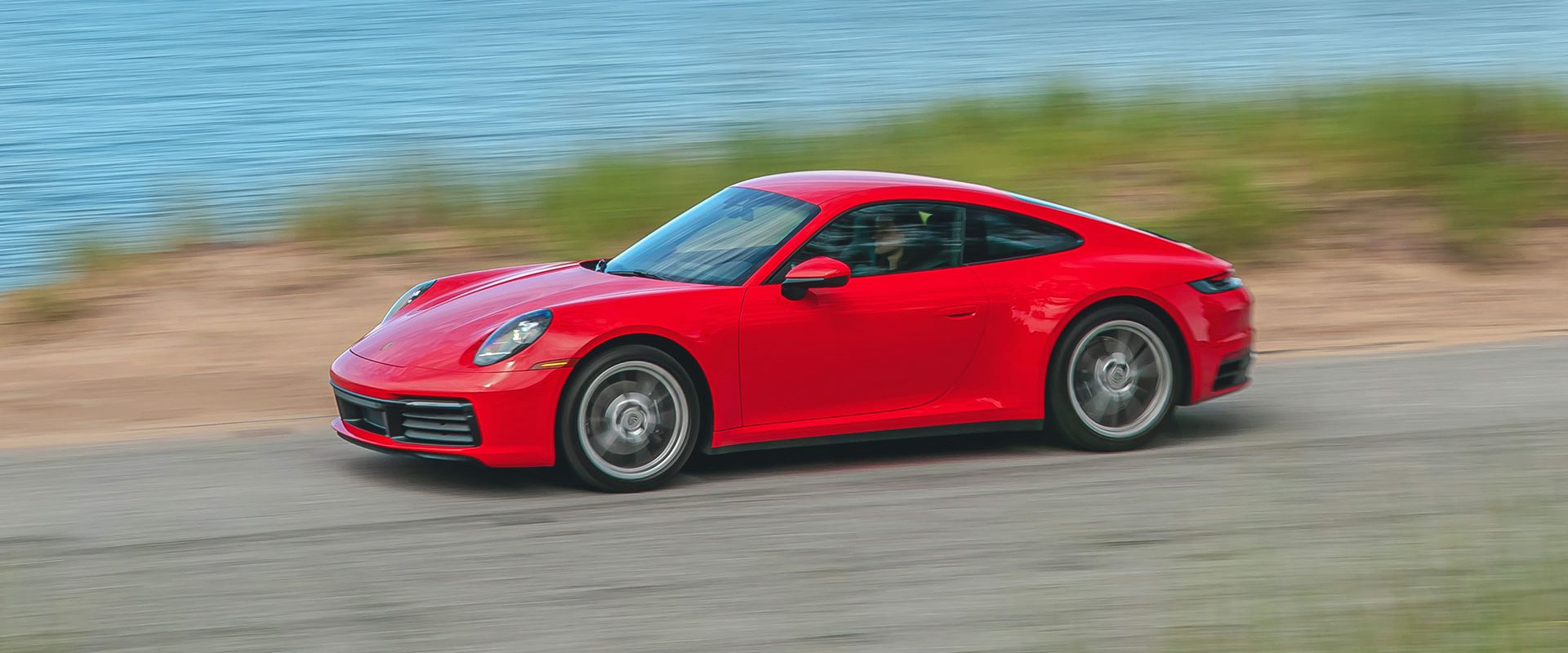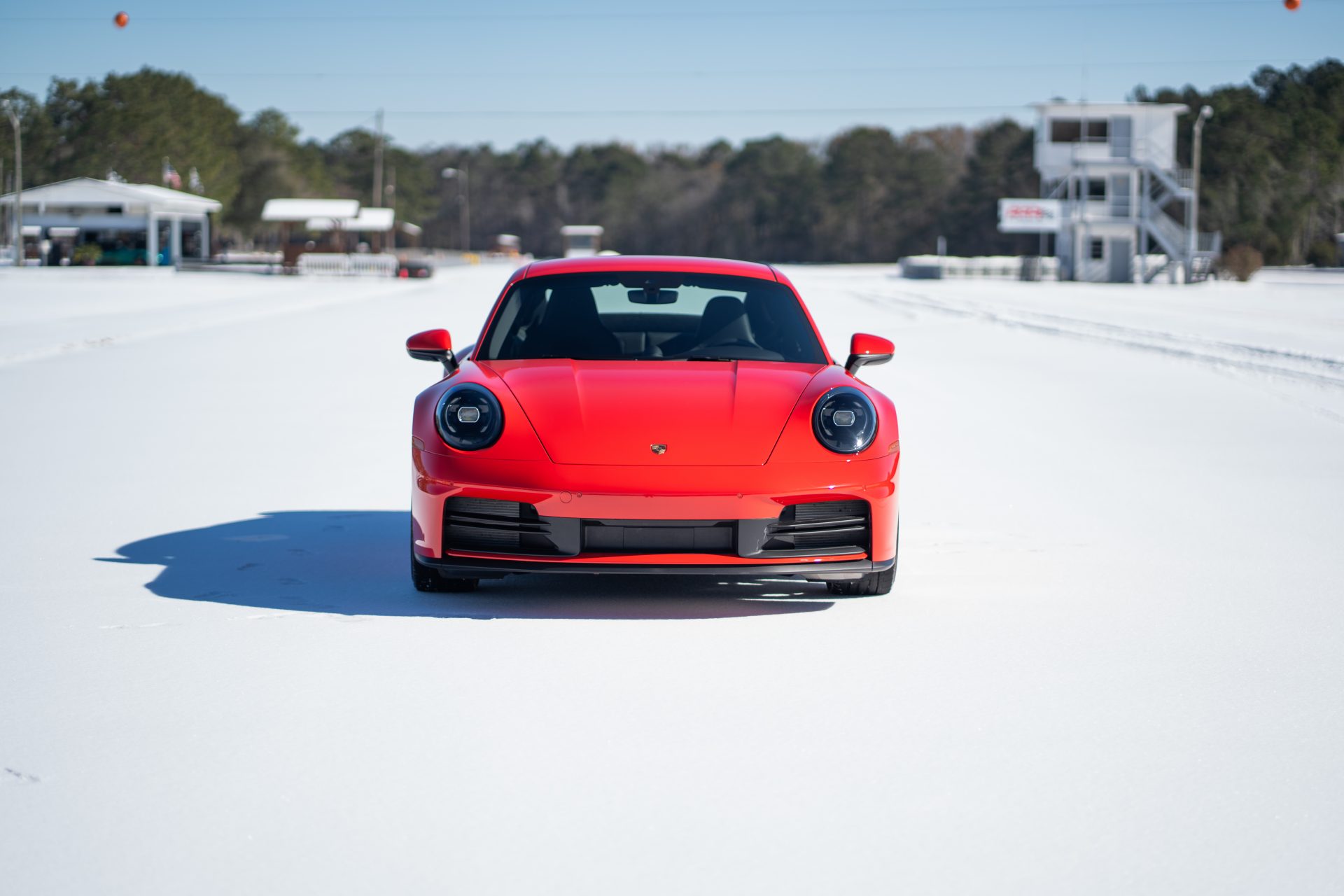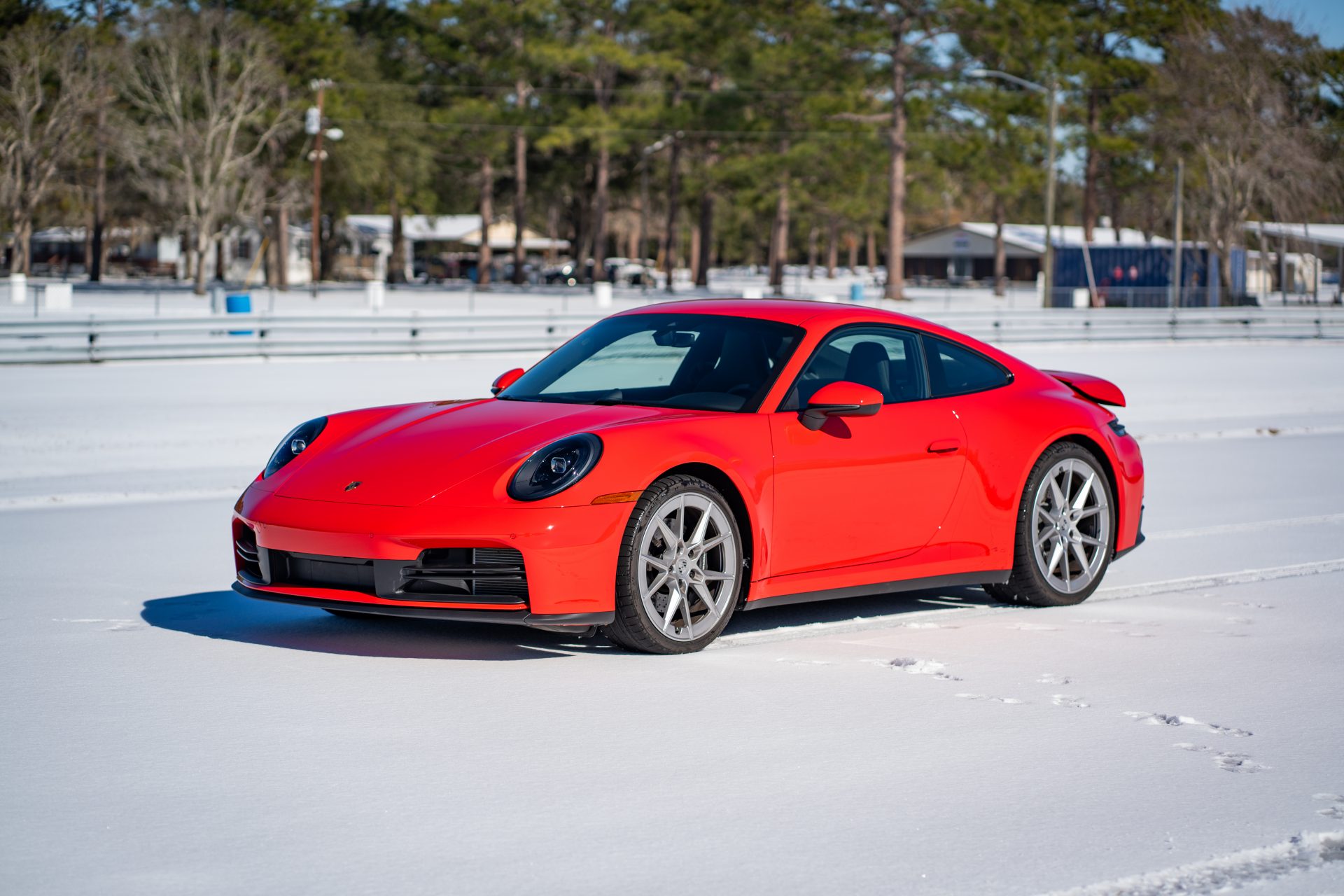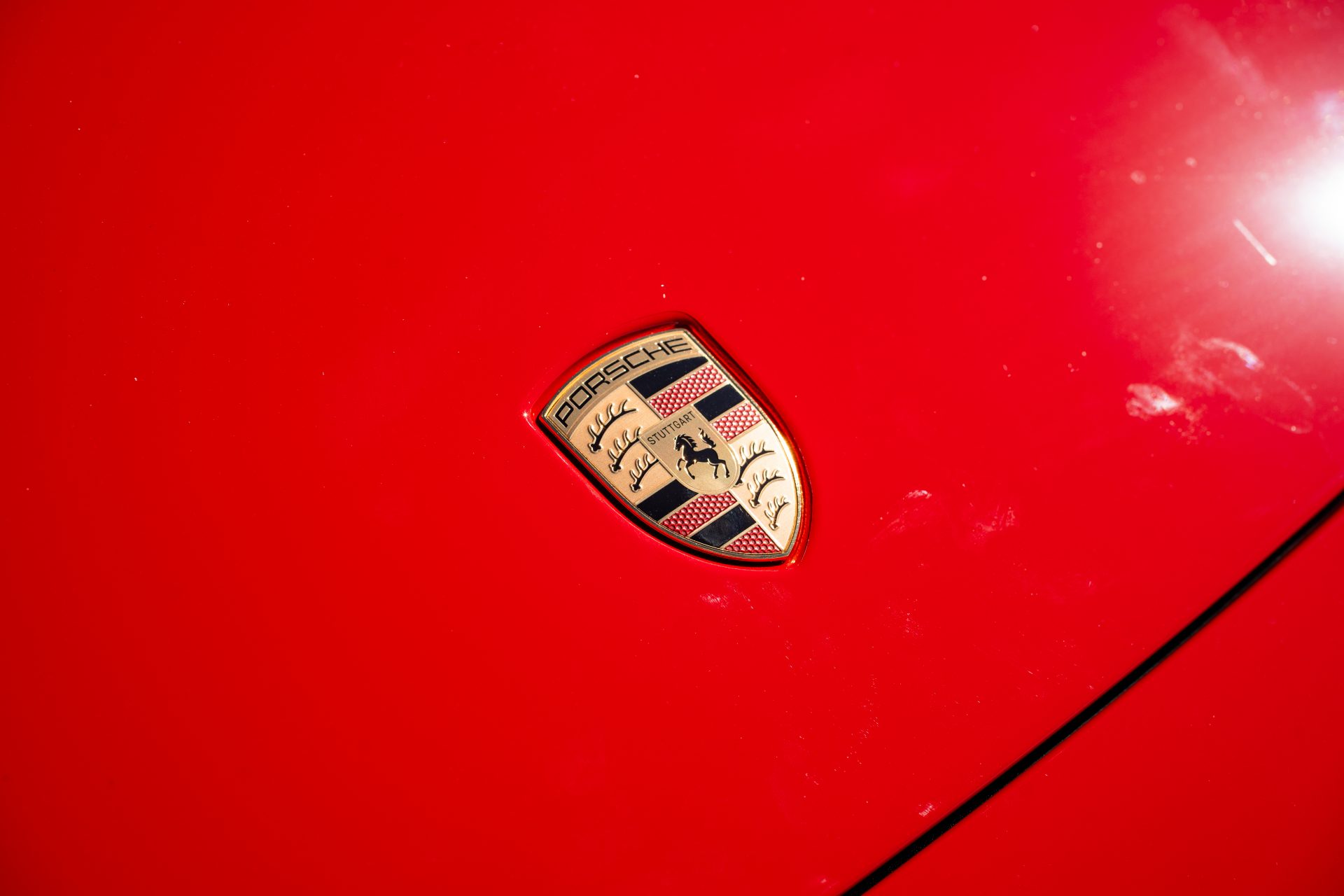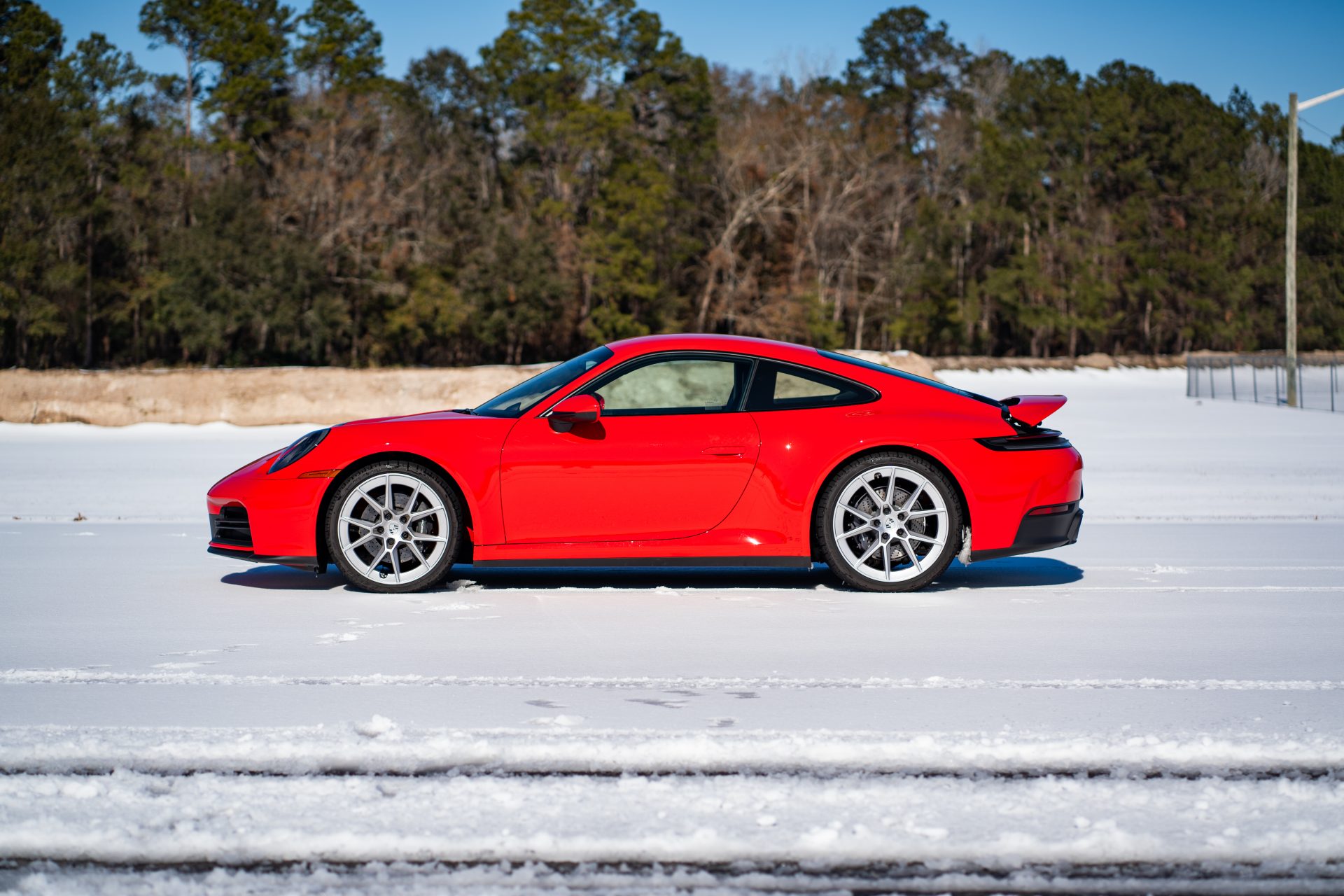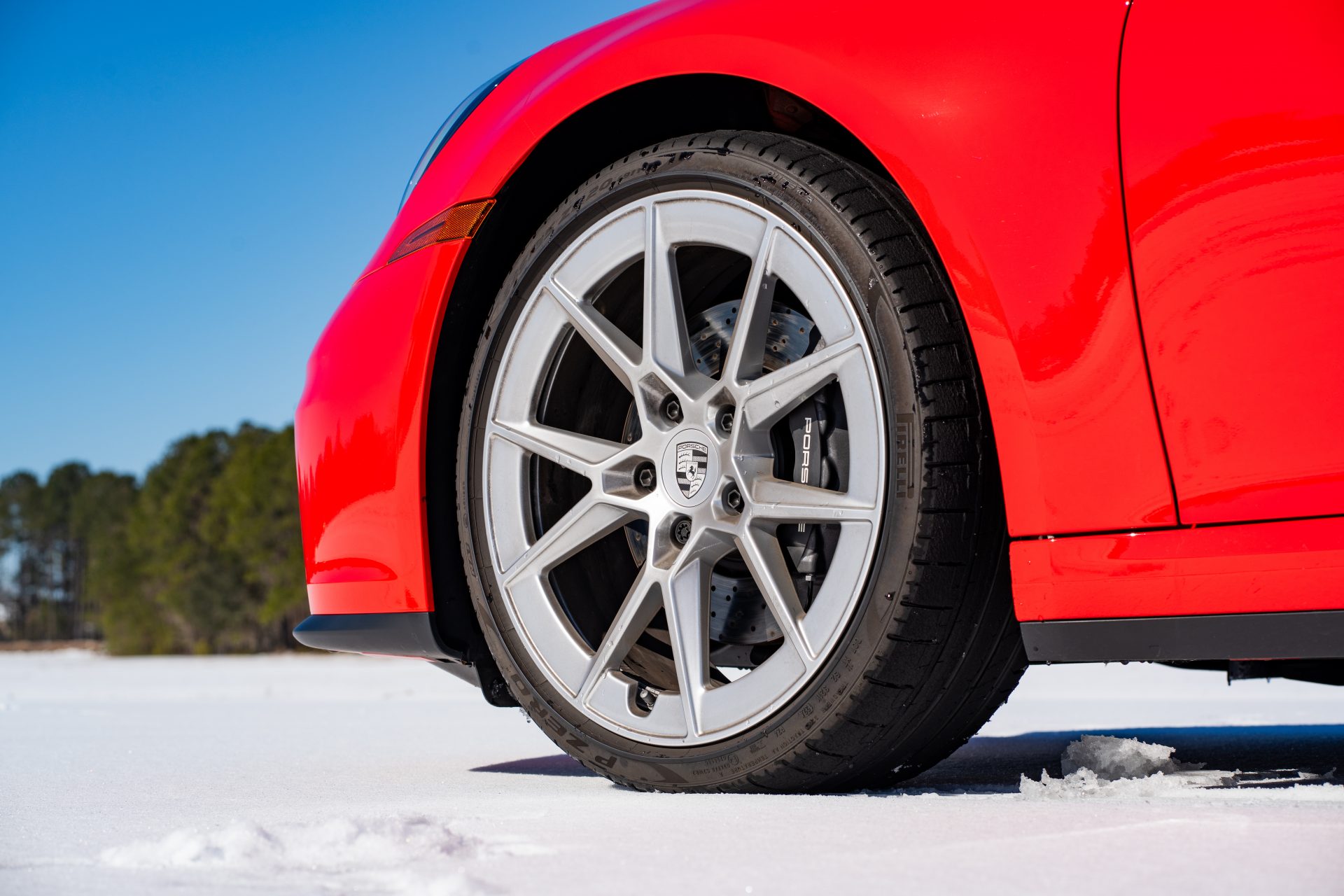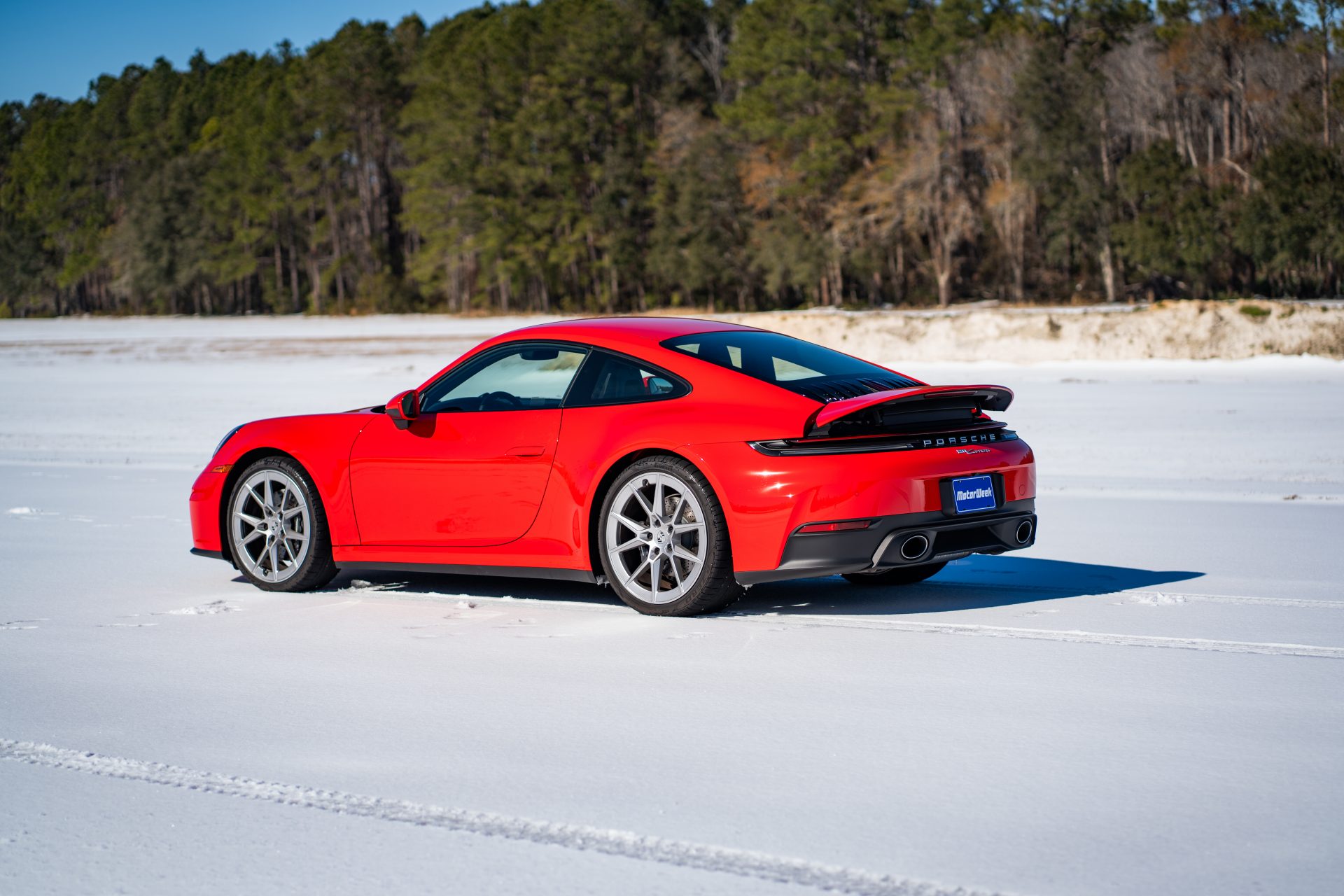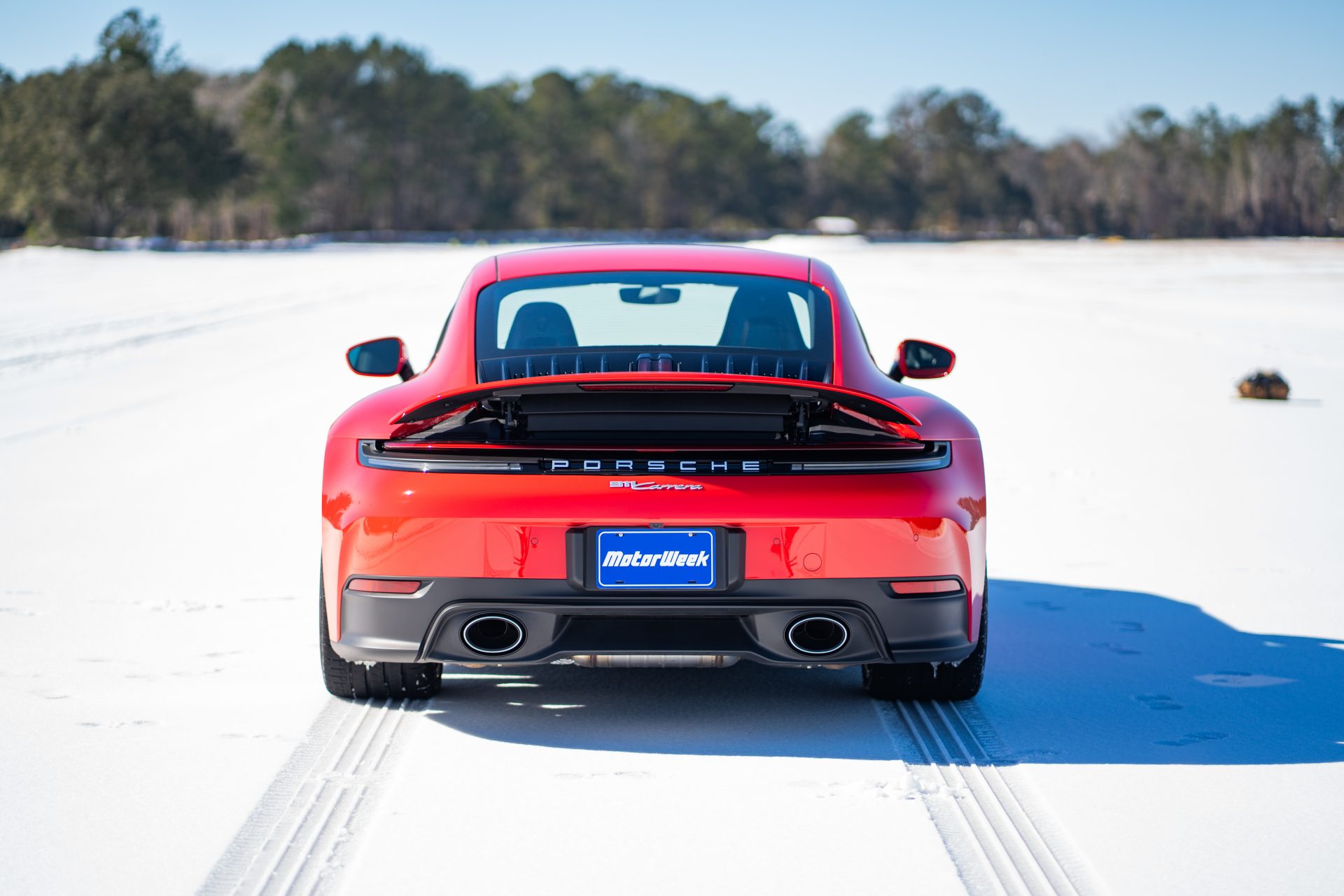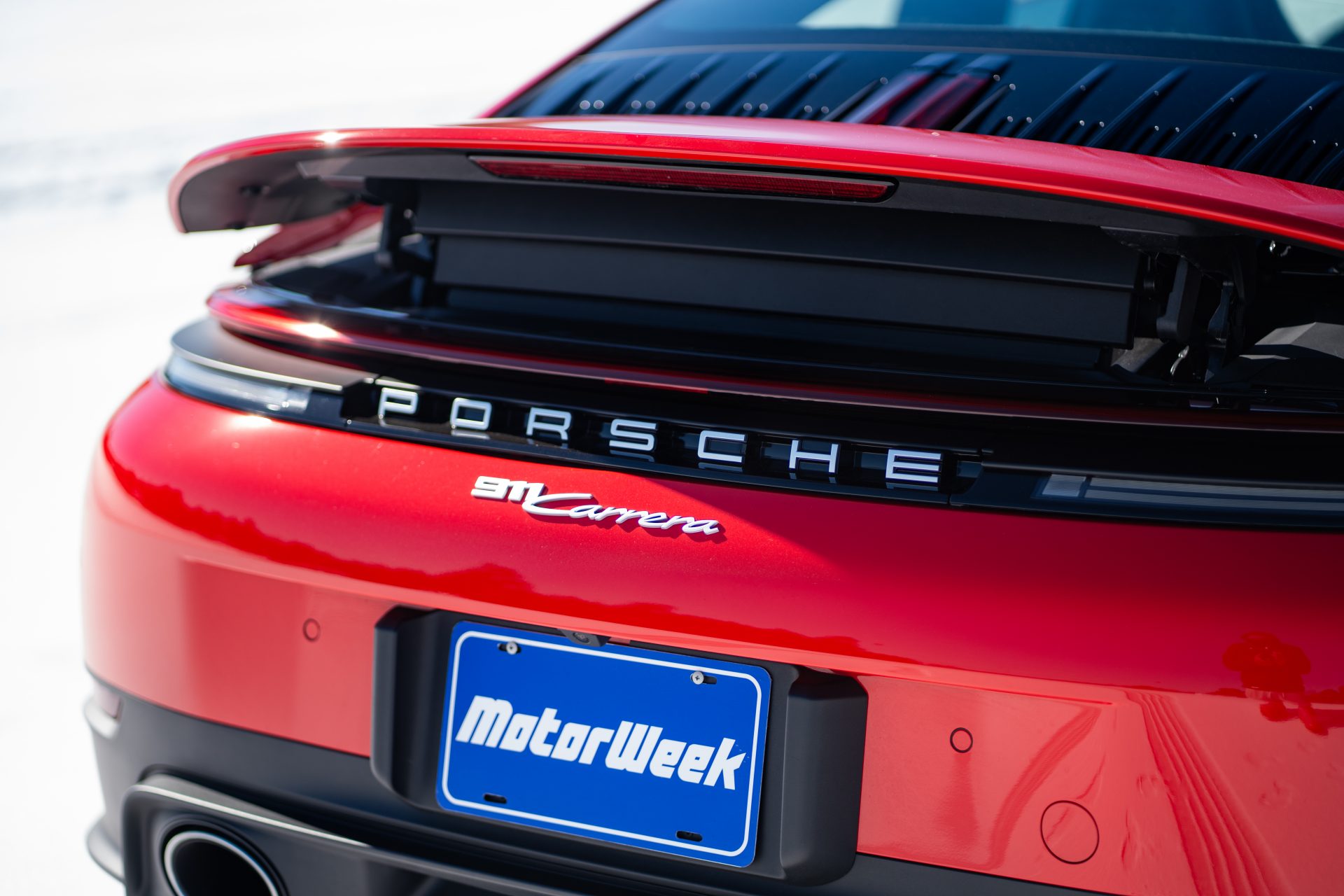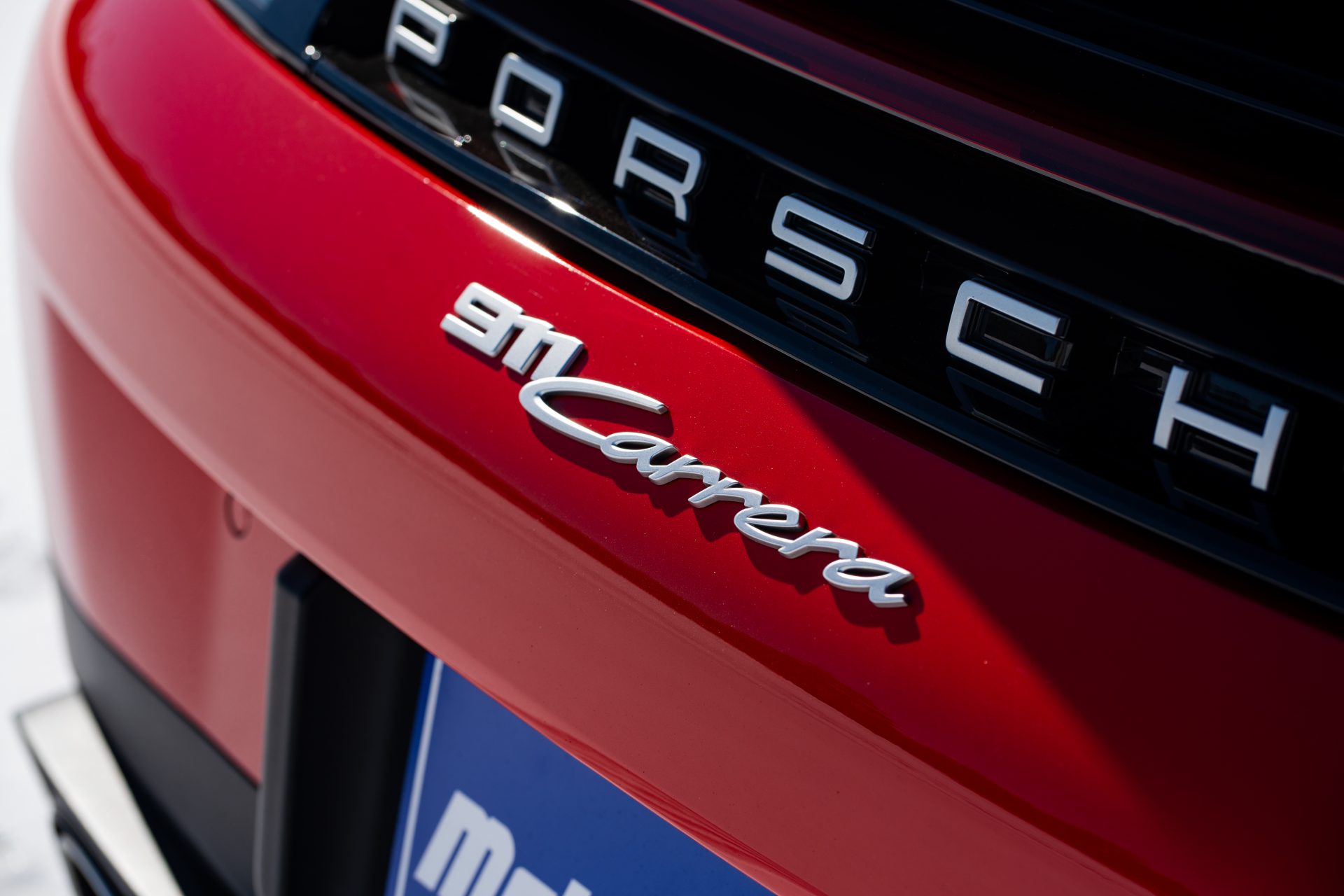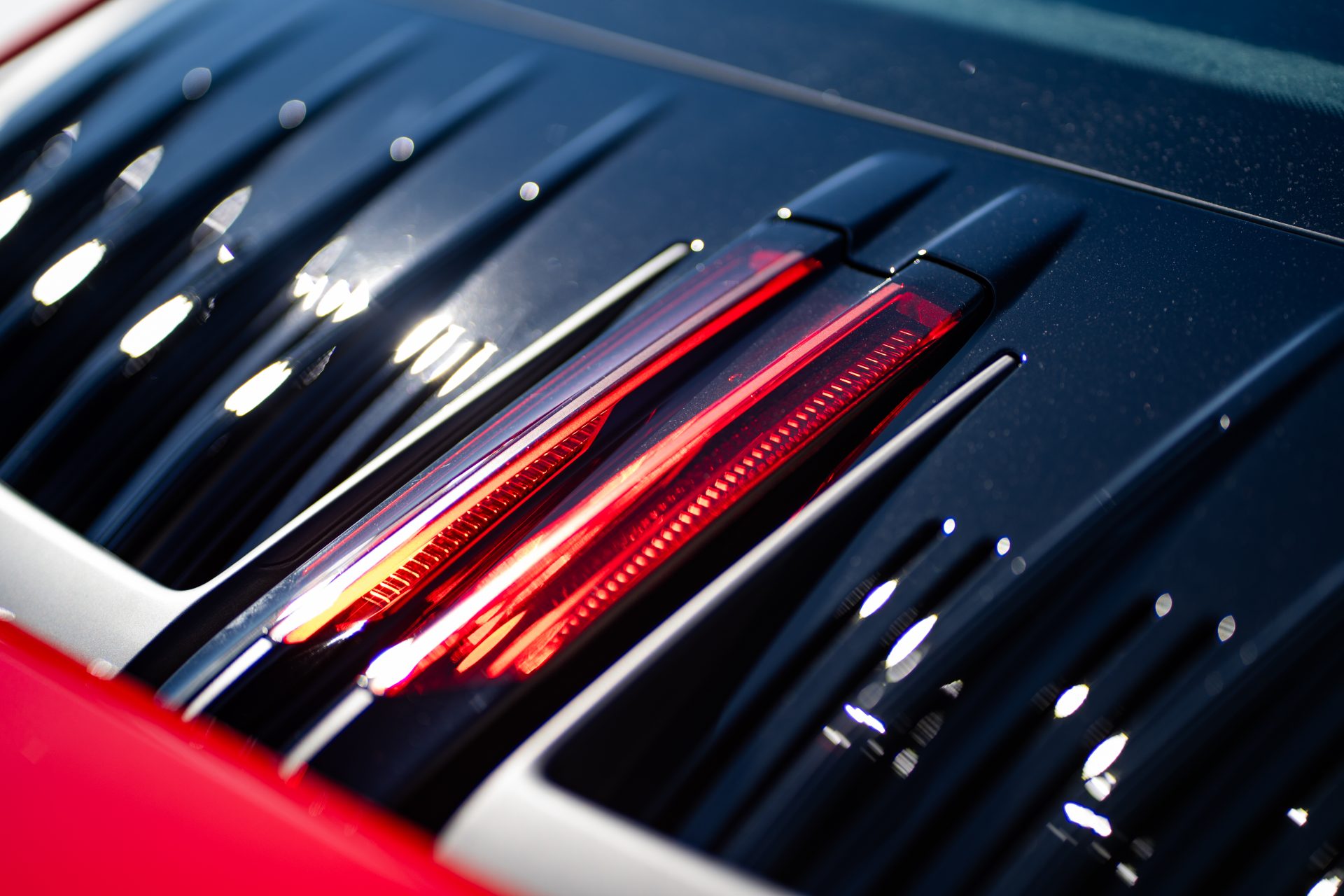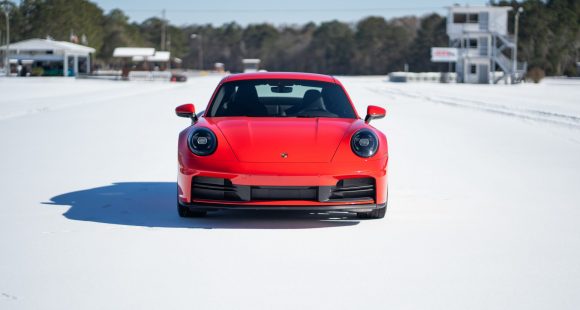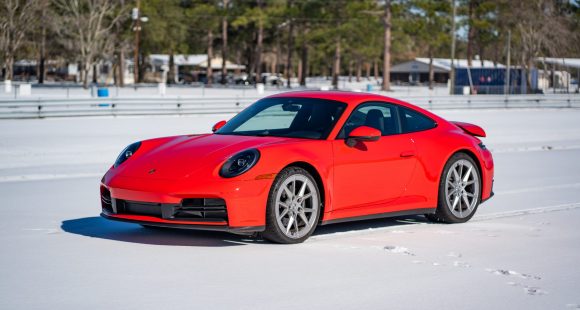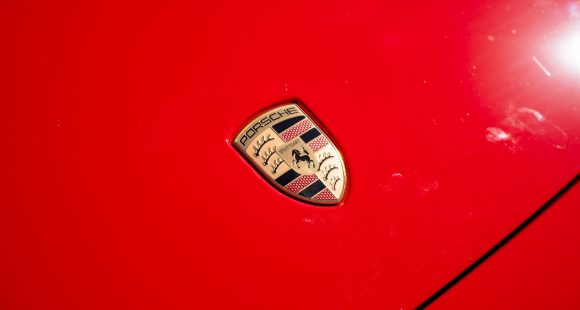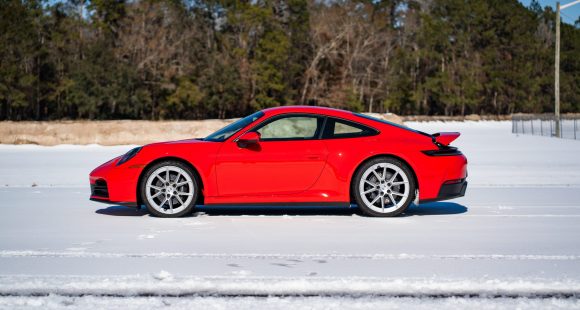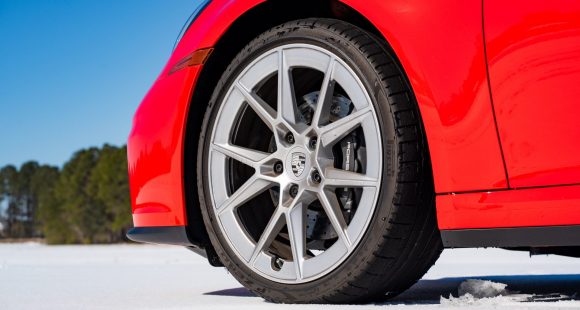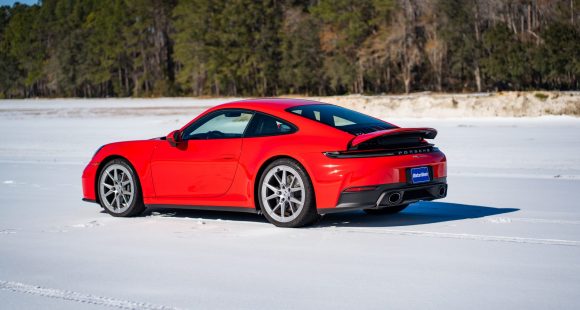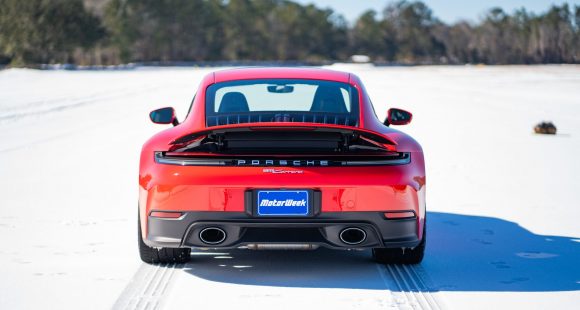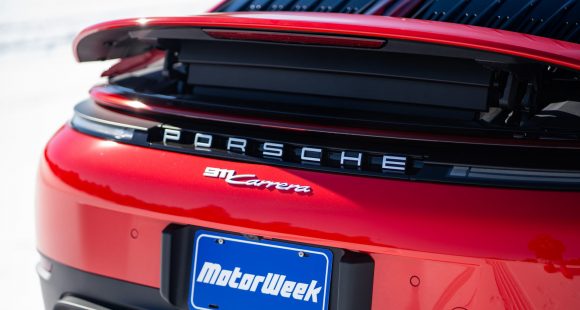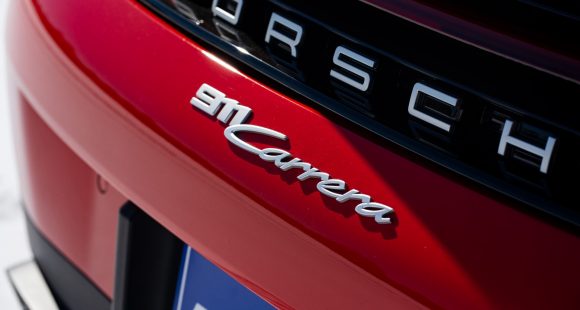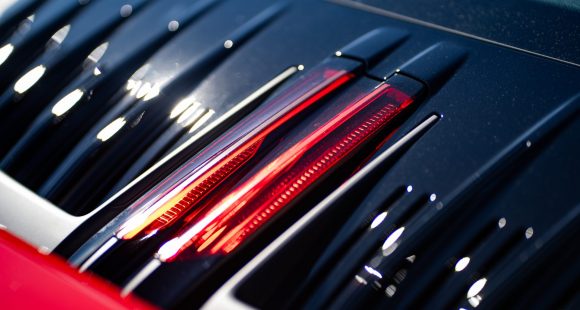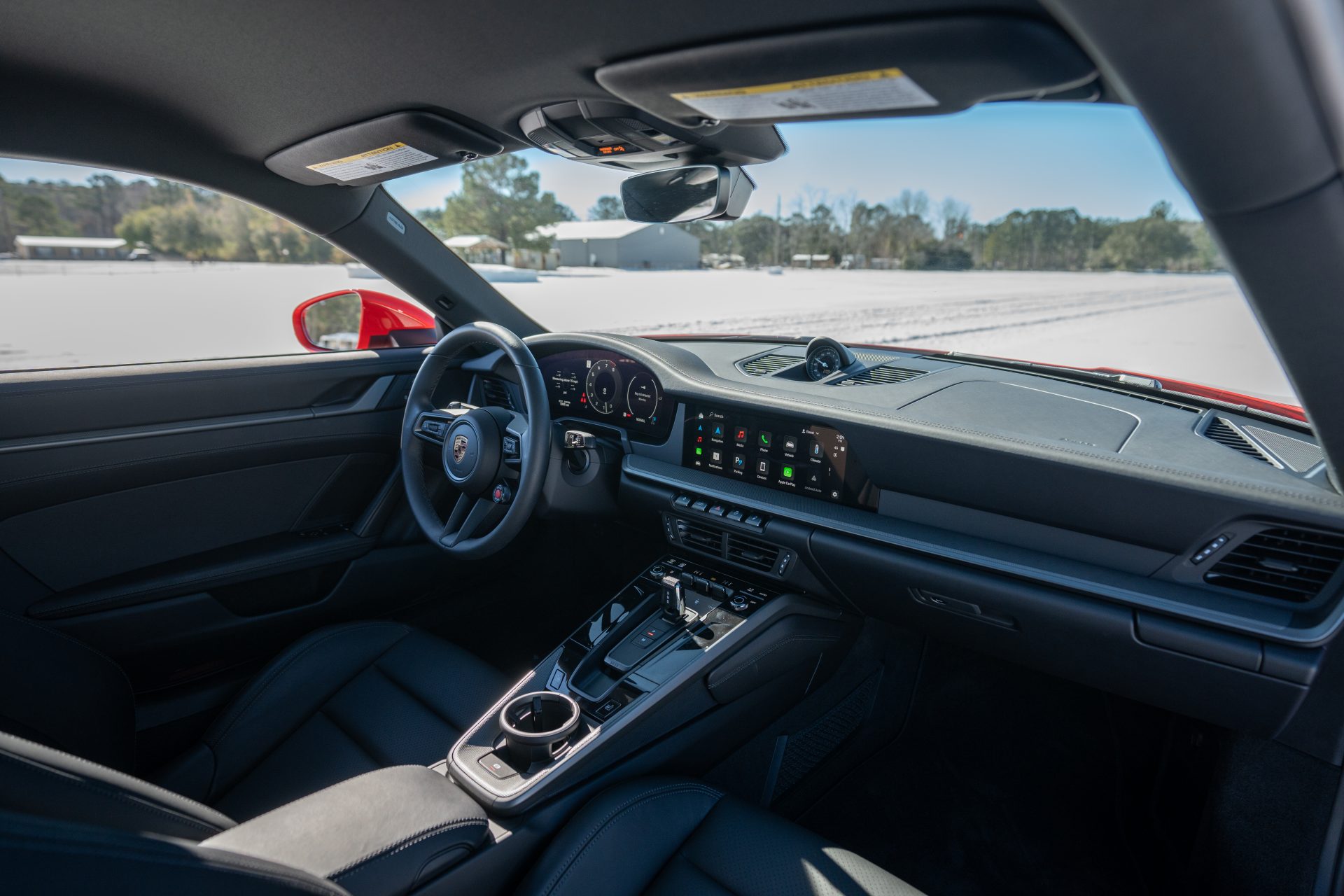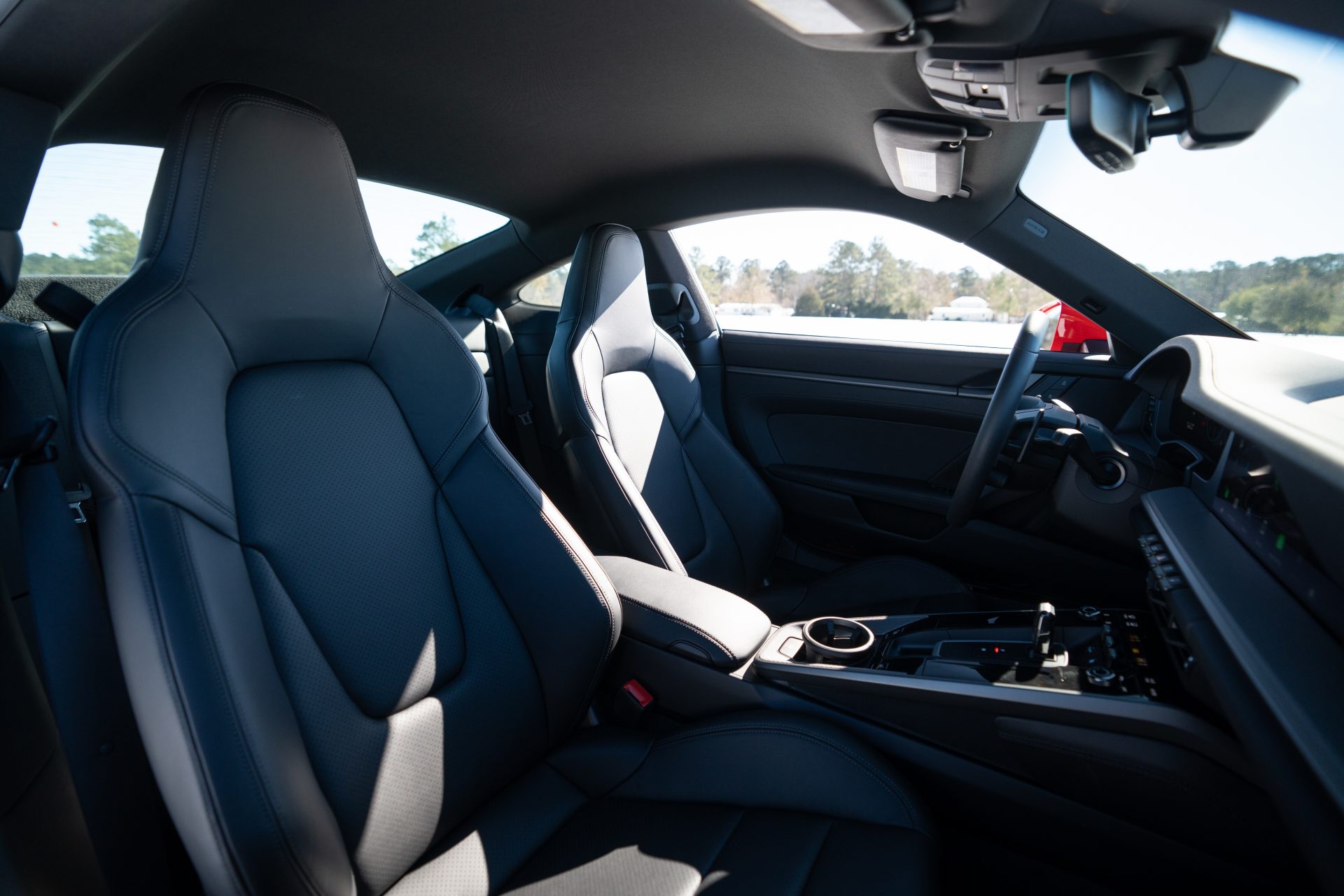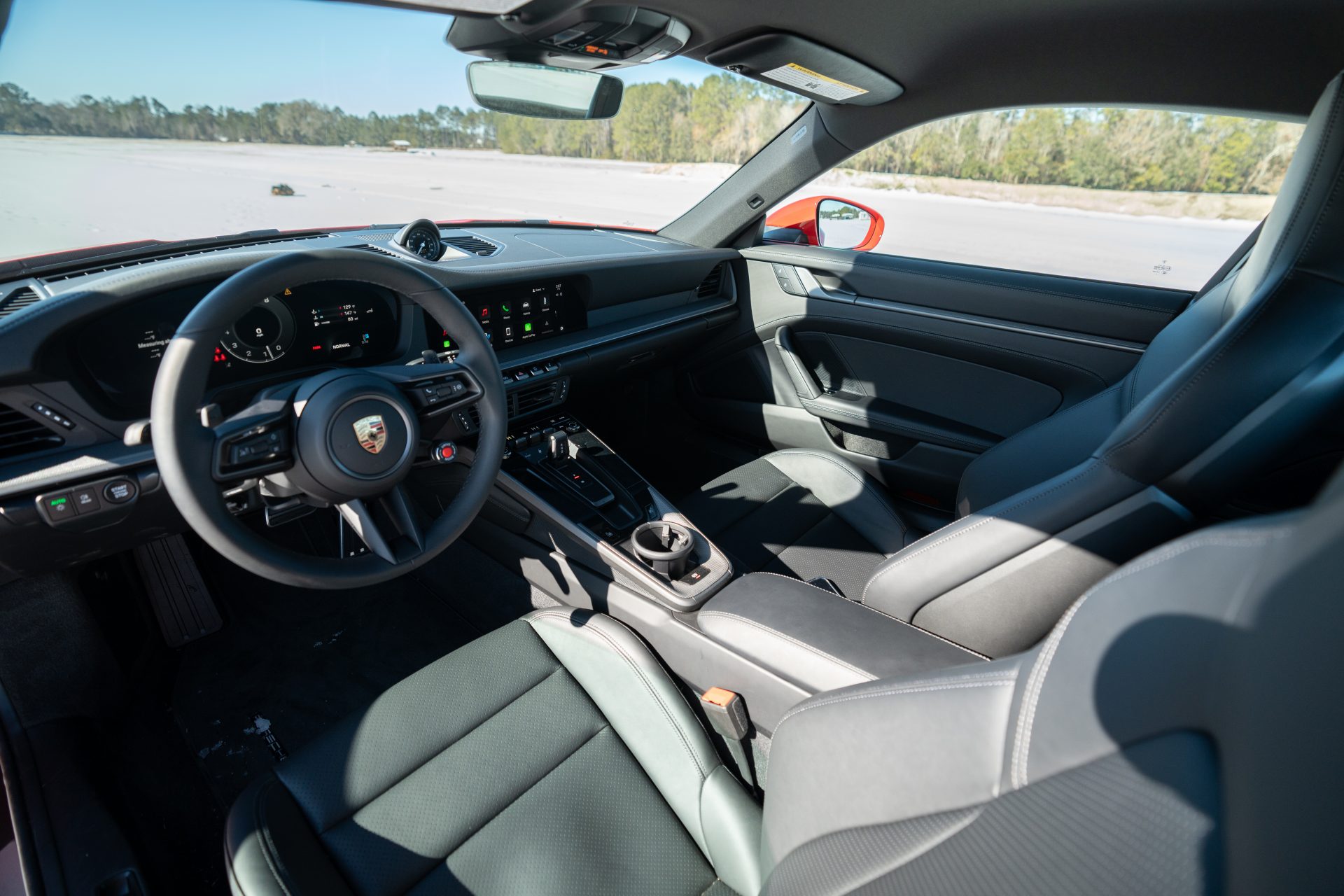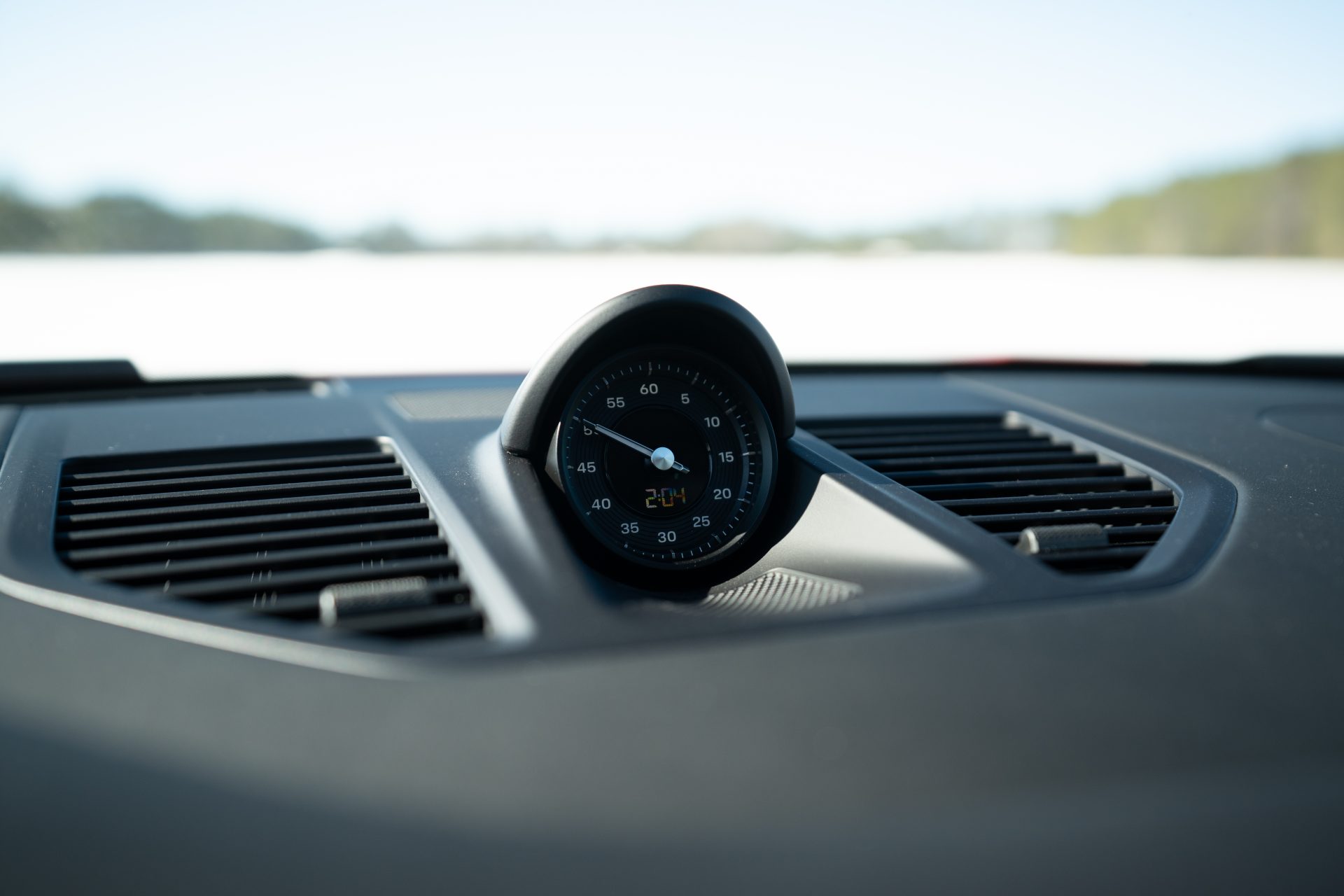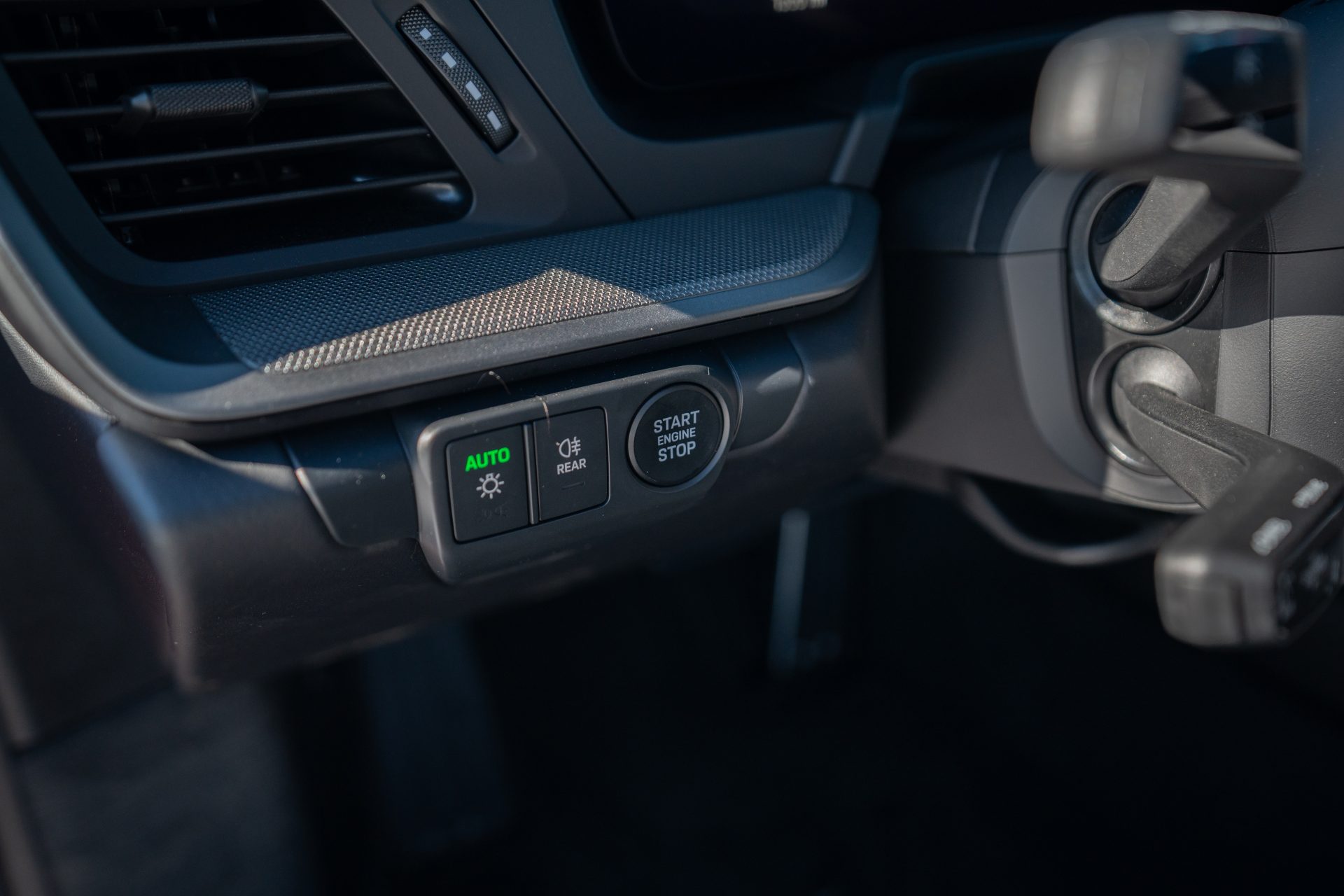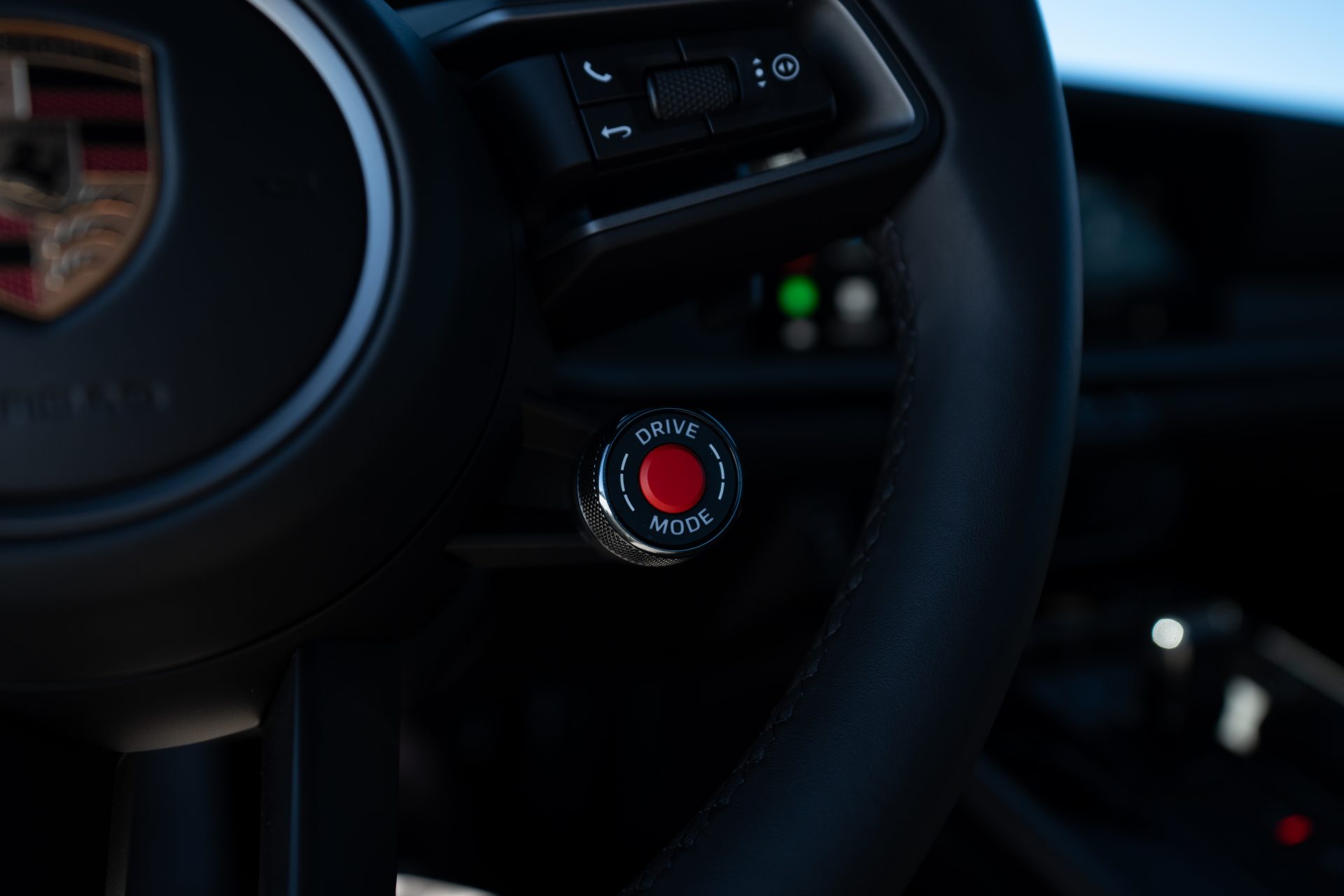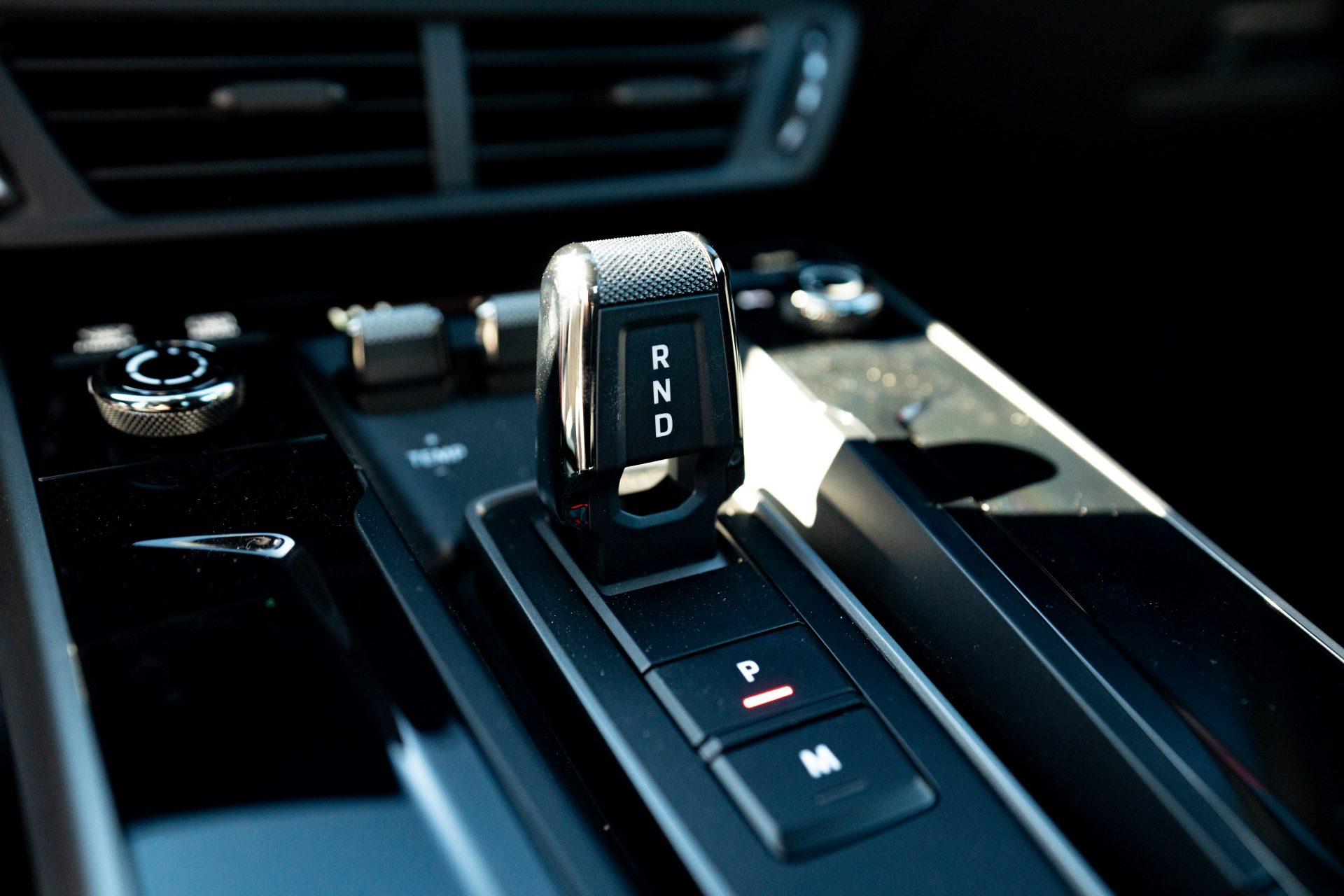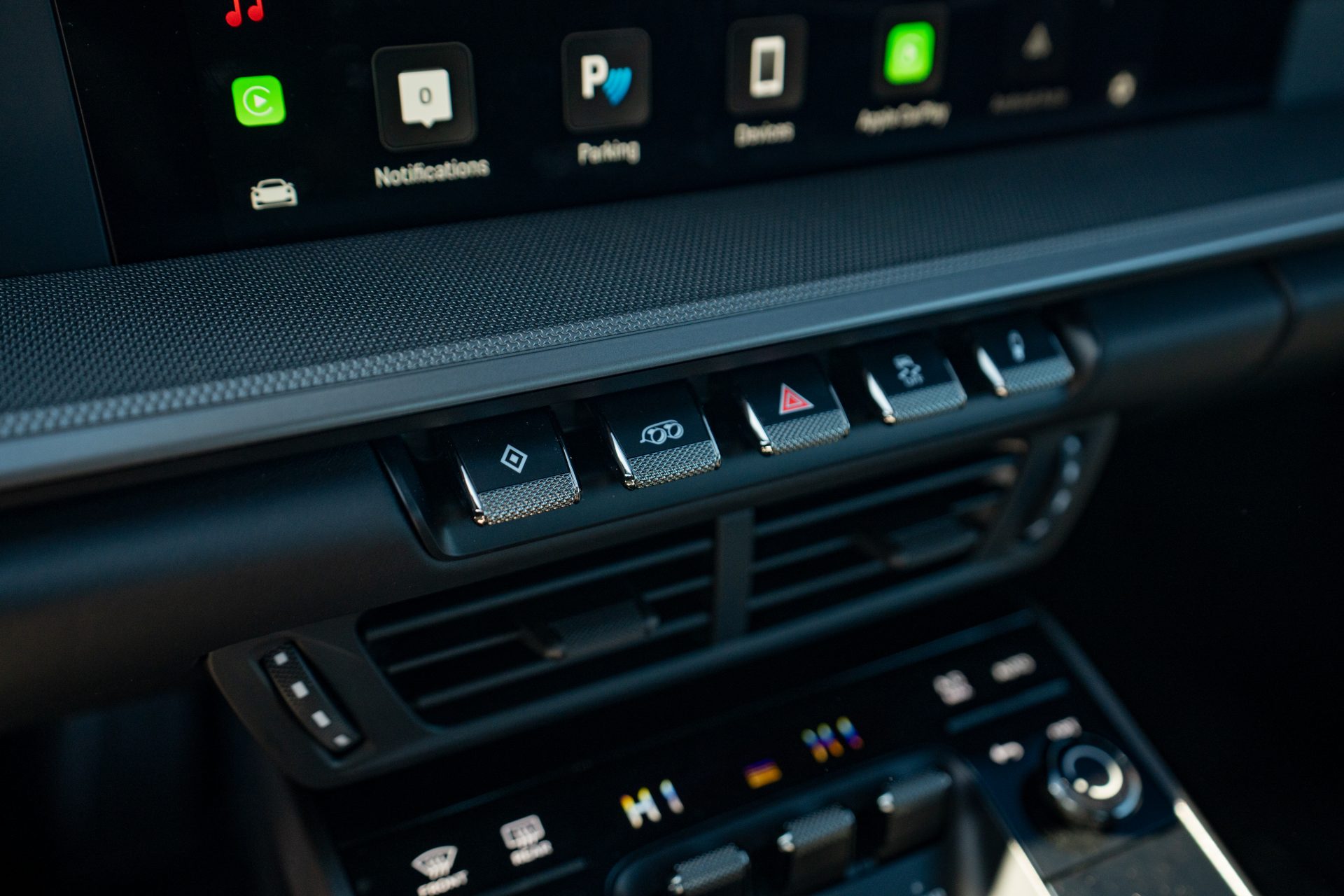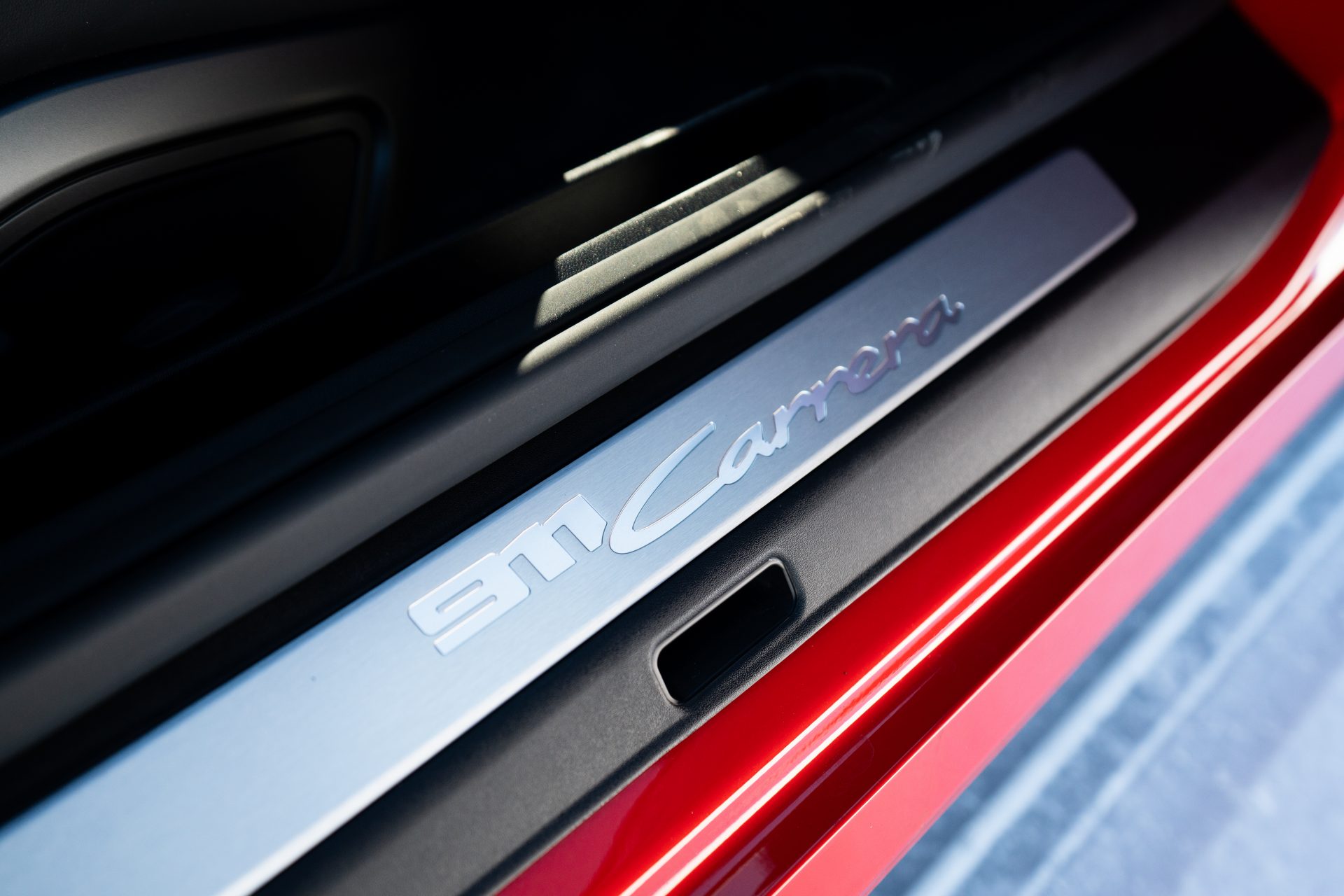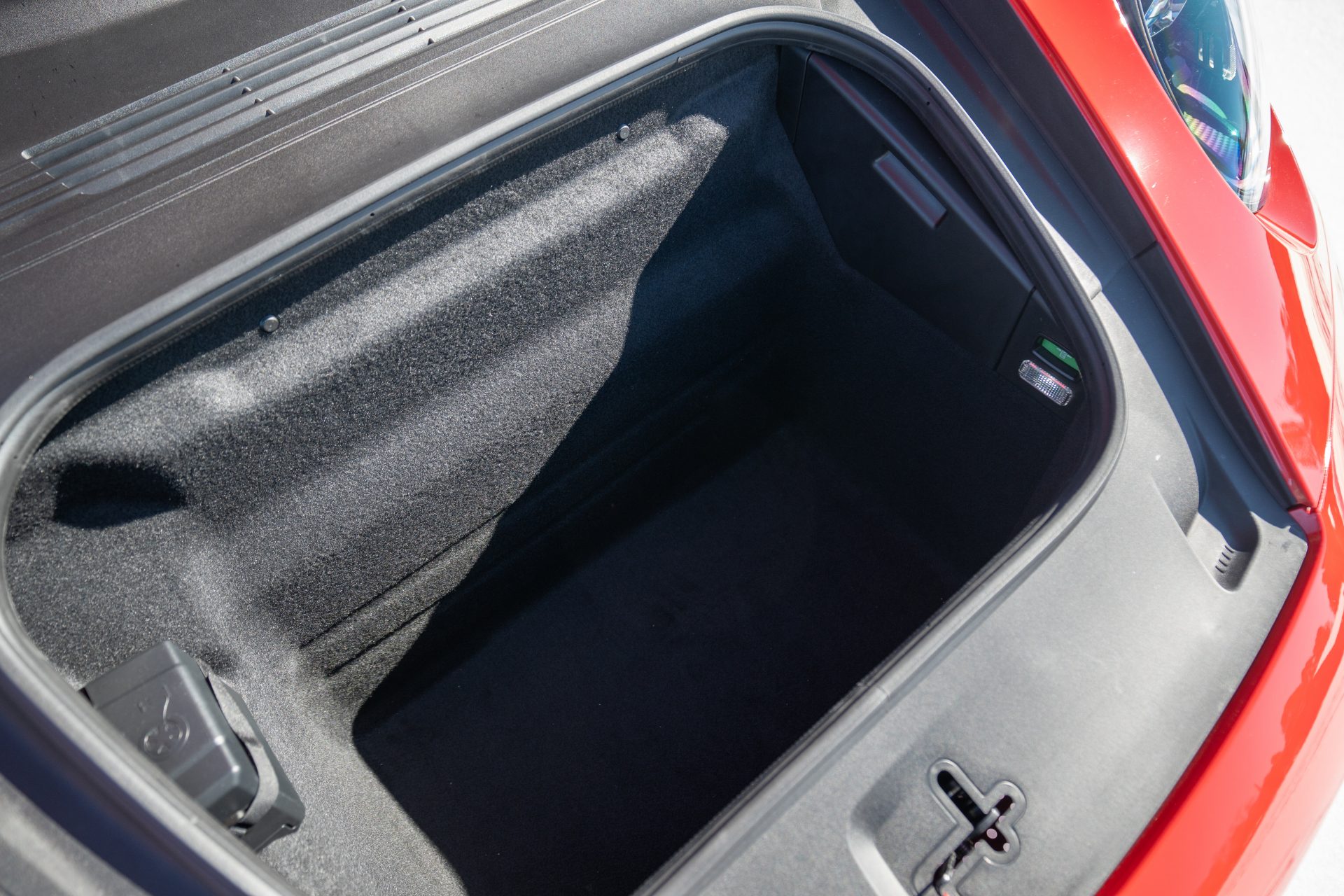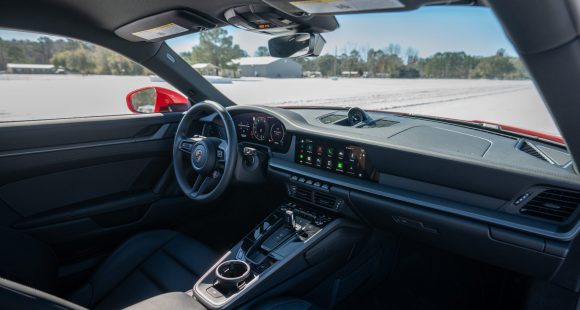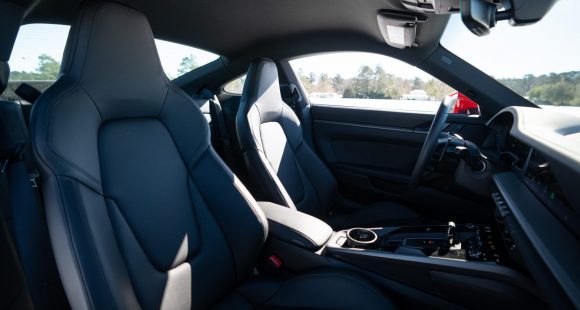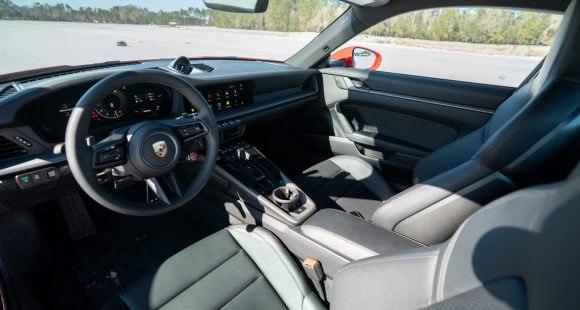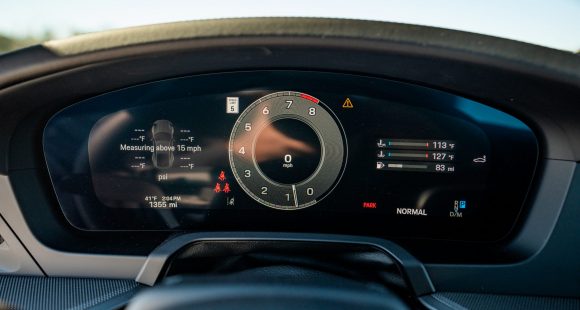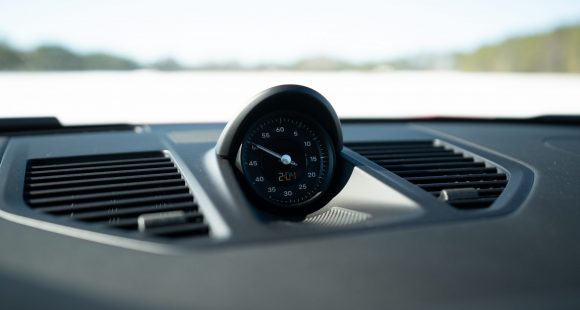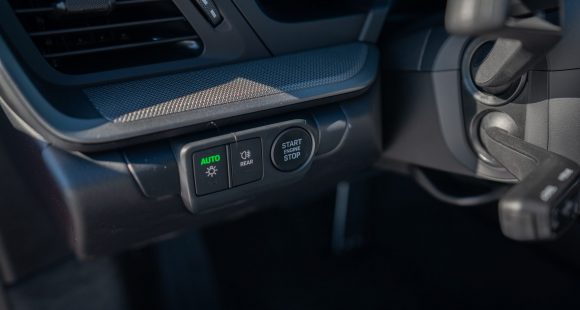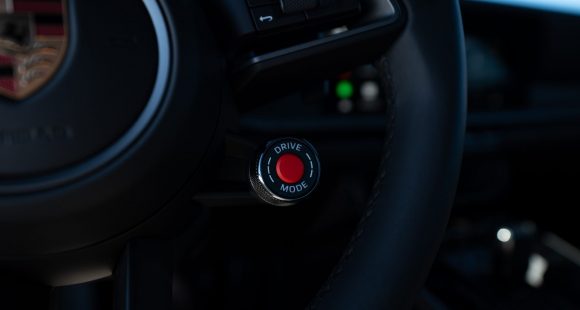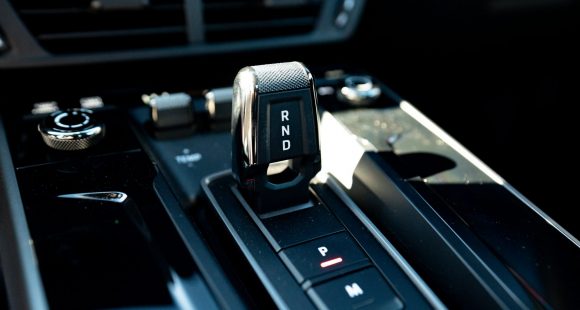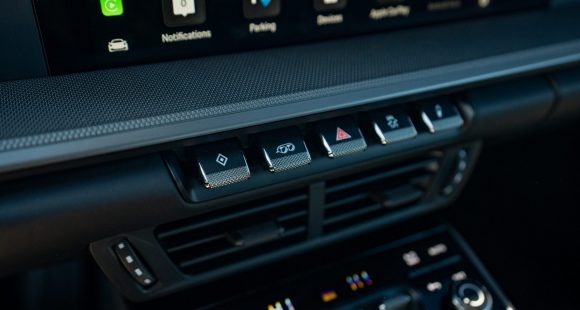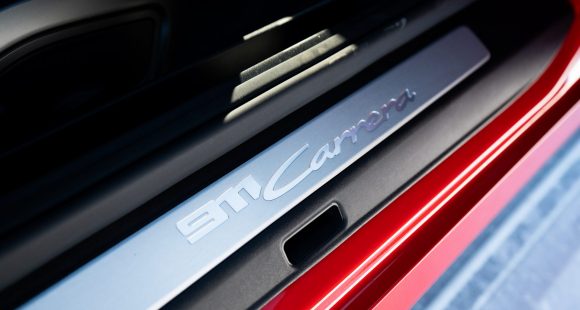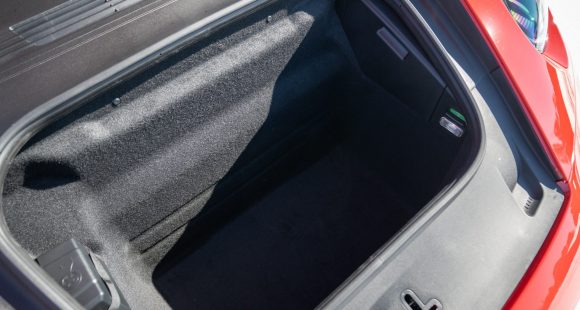2016 Volvo XC90
It’s been quite a while since we’ve had a really all-new Volvo to sample. And, for a while we were having doubts whether Volvo would ever get around to addressing their large but aging XC90 crossover. Well, not only have they gotten around to it, but they’ve turned it into a potential luxury-class hall of famer.
13-years have passed since Volvo made its mark in the burgeoning three-row luxury crossover segment with the first XC90. But, over all that time, newer rivals have seriously dampened the “nine-0’s” sales. So the all-new, 2016 XC90 has certainly got its work cut out for it.
That first 2002 XC90 proved to be the right vehicle at the right time. And, at least visually, this stylish second-gen 7-seater looks like it scores again.
It’s wagon-ish two-box shape is familiar enough to be easily pegged as a Volvo, but like your Aunt that took a mysteriously long vacation to South America and came back looking younger than ever, it’s clear there’s been a lot of work done here.
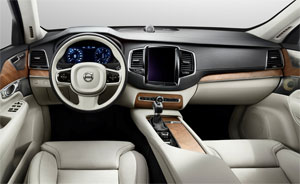 But we all know it’s what’s inside that counts; and impressively, the XC90’s interior has transformed from utility grade to flagship material. The layout is smooth, simple, and not muddled at all. Very few traditional buttons or knobs remain; but the few that do, are the right ones.
But we all know it’s what’s inside that counts; and impressively, the XC90’s interior has transformed from utility grade to flagship material. The layout is smooth, simple, and not muddled at all. Very few traditional buttons or knobs remain; but the few that do, are the right ones.
A tablet-like Sensus touch display dominates the center stack. It’s arranged more vertically than horizontally, like a Tesla S, and its use is very intuitive.
As in every Volvo we can remember, the front seats are a highlight; offering great levels of comfort and support. That’s also true for the sliding and reclining second row, and even the still adult capable third row. Plus, features like the built-in child booster seat are still far and above class typical.
And, even with Volvo’s latest change of ownership, the brand’s commitment to safety hasn’t wavered. The XC90 is packed with enough safety features to keep even worry warts at ease.
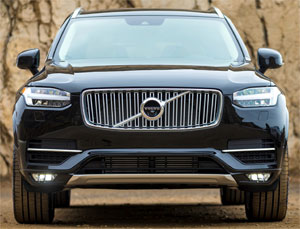 Indeed, our car’s automatic braking system worked perfectly in our crash barrier test. The available self-parking system also worked better than most.
Indeed, our car’s automatic braking system worked perfectly in our crash barrier test. The available self-parking system also worked better than most.
As for its actual utility factor, the XC90 can carry plenty of goods.13.0 cubic feet worth behind the third row seats, 41.8 behind the second, and 85.7 behind the first. And, for ease of loading there’s a hands-free power liftgate.
All XC90s are equipped with advanced all-wheel-drive, 8-speed automatic transmission, but somewhat surprisingly, only 4-cylinder power. But, the 2.0-liter I4 in our T6 is both turbocharged and supercharged for 316-horsepower and 295 lb-ft. of torque.
And, you forget it’s a 4-cylinder after just a few minutes behind the wheel, as it provides effortless power. Even the automatic stop/start is seamless, and it can still tow 5,000 lbs.
Regardless, we still think an inline 4 may be a tough sell in this segment. Though the forthcoming plug-in hybrid T8, with the boosted 2.0 plus an electric motor for 400 total horsepower, will certainly be a Volvo differentiator.
The more time spent driving, it becomes clear that this vehicle is built for family vacations over long distances. It’s extremely quiet and solid. Rough roads and slick pavement do nothing to upset it.
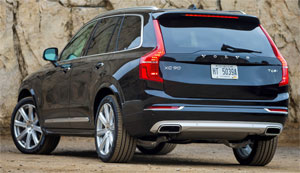 There’s a very natural feel to the electric power steering, and through the cones we were mostly impressed with the XC90’s sporty firmness. The rear suspension features a Corvette-style transverse leaf spring to eliminate cargo-robbing coils and shocks. A full air suspension is also available.
There’s a very natural feel to the electric power steering, and through the cones we were mostly impressed with the XC90’s sporty firmness. The rear suspension features a Corvette-style transverse leaf spring to eliminate cargo-robbing coils and shocks. A full air suspension is also available.
As for acceleration… truly the little engine that could, this 4-banger picks up the XC90’s 46-hundred lbs. and delivers it to 60 in a swift 6.5-seconds. The ¼-mile is over in 14.9-seconds at 94 miles-per-hour.
Plus, T6 Government Fuel Economy Ratings are still 20-City, 25-Highway, and 22-Combined. We averaged a very good, for its nearly full-size demeanor, 26.0 miles-per-gallon of Premium. The Energy Impact Score is an average one at 15.0-barrels of annual oil consumption with CO2 emission of 6.6-tons.
Choices in this segment are indeed plentiful, but base pricing of just $49,825 means the XC90 T6 is highly competitive.
Lavish interiors, sporty attitudes, and sophisticated powertrains are just the price of entry into the high end crossover segment. So, how does the 2016 Volvo XC90 expect to get back on people’s short list? Well, by providing all of that and more, in the way that only Volvo can, with top notch safety, otherworldly comfort, and family extra-friendly features; all wrapped up in unmistakably Swedish style. We are very impressed!
Specifications
- Engine: 2.0 liter I4
- Horsepower: 316
- Torque: 295 lb-ft.
- 0-60 mph: 6.5 seconds
- 1/4 mile: 14.9 seconds @ 94 mph
- EPA: 20 mpg city/ 25 mpg highway
- Energy Impact: 15.0 barrels of oil/yr
- CO2 Emissions: 6.6 tons/yr
2025 Porsche 911 Carrera
Ever Evolving 911 Reaches New Heights
The Porsche 911 has existed for 60 years now! Amazing! And, you could argue that major changes over all those years have been relatively few, as constant incremental improvement is more the way that Porsche does business. With that in mind, let’s hit the track in the latest 911 and see what constant improvement means for 2025.
We’ve driven so many 911s here at MotorWeek, each seemingly more special than the last, so it’s a bit refreshing to be ripping around Savannah’s Roebling Road Raceway in a 2025 Porsche 911 that’s about as close as you can get to base these days. And the fact that it’s just as fun as all those exclusive pieces says a lot about how far the 911 has come. Perhaps it also speaks to how much a base 911 will set you back today as well; more on that later.
For now, we’re just thinking about the next apex, holding steady throttle as we approach, and getting on it way sooner than you’d expect without upsetting anything, as the 911 rockets off the corner thanks to tremendous grip and a PDK trans that finds the perfect gear before we even gave it a thought. Even with very cold track temps, we never struggled for grip or battled any wheelspin coming off of corners. And trying to land it in that perfect spot in braking zones is easy with strong brake performance that was predictable and consistent lap after lap; no wandering, and great feedback too.
Yes, even the standard 911 is near pure perfection on a racetrack. It gives you all the right feedback, stays incredibly flat through corners, makes you always feel totally in control, and again is just plain fun. Unless you’re chasing lap times, there’s really no need to head further up the 911 tree. Though it is worth noting the few upgrades that were on our Carrera did help the situation a little. The 20- and 21-inch Carrera S wheels enabled plenty of grip from the 305 Pirelli P Zero tires, the Sport Chrono Package allows 0-60 sprints of 3.7 seconds, an extended range fuel tank meant we could lap all day without having to fill up, and the fantastic Sport Seats provided great support and better comfort than we remember experiencing in a 911. The Sport Exhaust system didn’t add anything to performance, but made things sound a whole lot better, and the oval silver tips look great too.
We never struggled for grip or battled any wheel spin coming off of corners.
Our track time got cut short thanks to a rare snowstorm in Coastal Georgia, but the white stuff and blue sky made the perfect backdrop for our Guards Red Carrera. Exterior tweaks for what is officially the 992.2 include a reshaped front fascia with improved aerodynamics. All front lighting is now contained within the Matrix Design LED headlight housing. The rear fascia has also been smoothed out, the license plate moved higher, and Porsche 3D block lettering spelled out across the back beneath the active rear spoiler and new decklid grille.
Even without Turbo in the name, the standard 911 engine is indeed a turbo these days, a 3.0-liter flat-six twin-turbo delivering 388 horsepower and 331 lb-ft strictly to the rear wheels in the Carrera Coupe.
Inside the cabin, the 911 continues its slow crawl towards the modern, now including a 12.6-inch fully digital gauge display and a start button located on the left side of the steering wheel, with drive modes easily accessible on the wheel itself. In another no brainer move, Porsche now makes the rear seat a no cost option, so you can choose if you want it or not.
Government Fuel Economy Ratings are 18 City, 25 Highway, and 21 Combined. That’s only slightly worse than average for the Energy Impact Score; 14.2 barrels of annual oil consumption with 7.0 tons of CO2 emissions.
The good news is this 911 had the fewest number of options of any Porsche that we’ve tested in some time, and it was still plenty awesome; the bad news is, a base Porsche 911 Carrera Coupe now starts at $122,095.
But can you really put value on “the force,” this mythical power that Porsche seems to have, that somehow turns average drivers into great ones? It’s useless to resist as far as we’re concerned, as it only gets better with the 2025 Porsche 911 Carrera.
Specifications
As Tested
- Engine: 3.0-liter twin-turbo flat-6
- Transmission: 8-speed PDK
- Horsepower: 388
- Torque: 331 lb-ft







